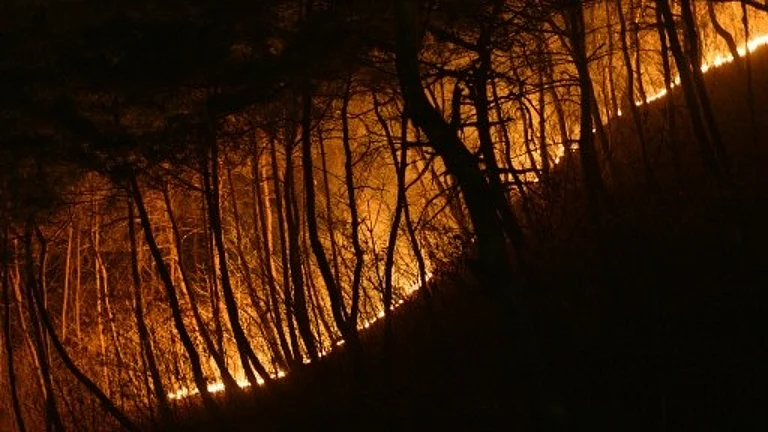The Japanese government have issued contingency plan for public to respond in case of eruption of Mount Fuji volcano, located near Tokyo.
Japan Issues Contingency Plan for Mount Fuji Eruption: What Would An Eruption Mean for the Region?
The Japanese government has issued a contingency plan for a potential Mount Fuji eruption to help the public prepare for severe consequences, including widespread ashfall and infrastructure damage
According to CNN, experts have recommended maintaining a two-week supply of essentials along with sheltering at home.
While there are no reports of an upcoming eruption, the government is taking proactive measures due to Fuji’s status as an active volcano.
“We have been discussing countermeasures in light of the possibility that a large-scale, explosive eruption, similar to the Hoei eruption about 300 years ago, could cause widespread volcanic ashfall across a broad area, including the capital region, resulting in severe impacts,” said Toshitsugu Fujii, a professor at the University of Tokyo, at a press conference on March 21.
Consequences of Volcanic Eruption
A report released by the Japanese government estimated that a large-scale eruption could produce about 1.7 billion cubic meters (60 billion cubic feet) of volcanic ash of which around 490 million cubic meters is expected to accumulate on roads, buildings and other land areas, requiring disposal. This estimate is about 10 times the amount of debris generated by the 2011 earthquake and tsunami that devastated much of northeastern Japan, according to South China Morning Post.
The CNN report also highlighted that the volcanic eruption could lead to the sky being covered in black volcanic ash and urban areas plunging into darkness, even during the day.
“As a response to widespread ashfall, the basic guidance is for residents to continue their daily lives at home or in other shelters. Therefore, it is important to maintain sufficient stockpiles on a regular basis,” said Fujii.
“However, if more than 30 centimeters (12 inches) of volcanic ash accumulates, wooden houses with low load-bearing capacity may collapse under the weight, making evacuation necessary,” he added.
The economic loss from a Mount Fuji eruption is estimated to be up to 2.5 trillion yen ($16.6 billion), according to CNN.

